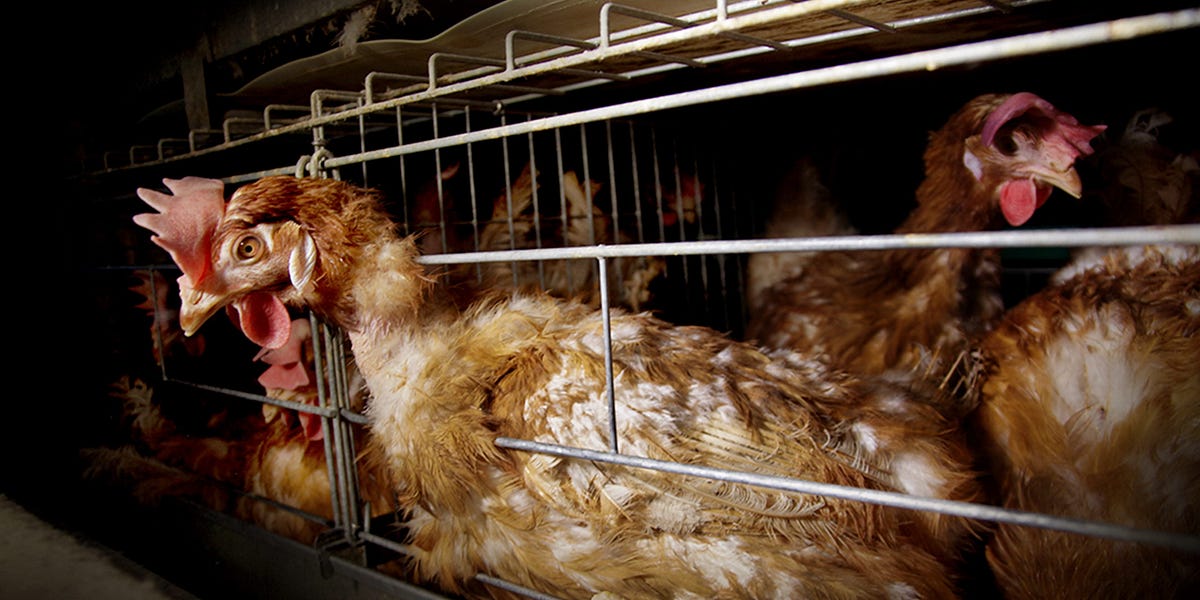
The Depopulation Bomb, Two Economists Make the Case for Humans
Dean Spears and Michael Geruso, economists at the University of Texas at Austin specializing in demographics, want to change that. Their book “After the Spike: Population, Progress, and the Case for People” is a deep dive into the facts and consequences of depopulation, and an impassioned argument against letting it happen.
The numbers Global fertility—the number of babies a woman is expected to have over her lifetime—averaged 2.25 last year, the United Nations estimates, the lowest in recorded history, barely above the replacement rate of 2.1 that keeps population stable.
Where fertility levels out is unknown. But the authors note that depopulation will happen so long as it goes below two, and two-thirds of the world’s population now lives in countries with fertility below two. In most others, including throughout sub-Saharan Africa, fertility is generally falling.
If global fertility fell to the current U.S. fertility rate of 1.6, world population will rise from 8 billion now to a peak of 10.2 billion in 2080 and then start to decline. “It will not fall to 6 billion or 4 billion or 2 billion and hold there,” they write. “Humanity could hasten its own extinction if birth rates stay too low for a long time.”







